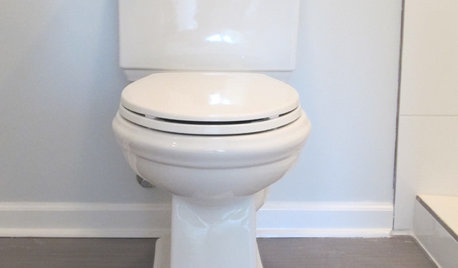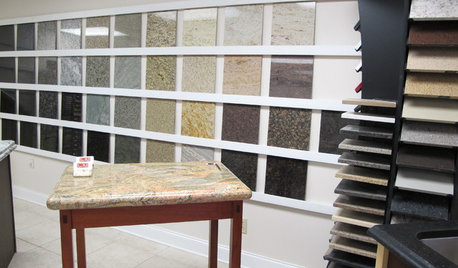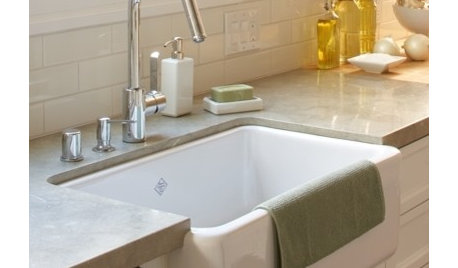Install Outside Clean Out in Sewer Pipe
fredrik
16 years ago
Related Stories

BATHROOM DESIGNHow to Install a Toilet in an Hour
Putting a new commode in a bathroom or powder room yourself saves plumber fees, and it's less scary than you might expect
Full Story
HOUZZ TVHouzz TV: How to Install a Rain Barrel
This DIY tutorial shows how easy it can be to capture rainwater from your roof to use in your garden later
Full Story
REMODELING GUIDESContractor Tips: How to Install Tile
Before you pick up a single tile, pull from these tips for expert results
Full Story
GARDENING GUIDESHow to Install a Drip Irrigation System
Save time and water with a drip watering system in your vegetable garden — a little patience now will pay off later
Full Story
BATHROOM DESIGNShould You Install a Urinal at Home?
Wall-mounted pit stops are handy in more than just man caves — and they can look better than you might think
Full Story
KITCHEN BACKSPLASHESHow to Install a Tile Backsplash
If you've got a steady hand, a few easy-to-find supplies and patience, you can install a tile backsplash in a kitchen or bathroom
Full Story
ARTWitness a Fantastic Chihuly Glass Sculpture Installation
Ever wonder what goes into a design that includes a major — and highly breakable — artwork? Here's your chance to find out
Full Story
DOORS5 Questions to Ask Before Installing a Barn Door
Find out whether that barn door you love is the right solution for your space
Full Story
KITCHEN COUNTERTOPSWalk Through a Granite Countertop Installation — Showroom to Finish
Learn exactly what to expect during a granite installation and how to maximize your investment
Full Story
CONTRACTOR TIPSContractor Tips: Countertop Installation from Start to Finish
From counter templates to ongoing care, a professional contractor shares what you need to know
Full StoryMore Discussions









coolvt
fredrikOriginal Author
Related Professionals
Citrus Park Kitchen & Bathroom Remodelers · Apex Kitchen & Bathroom Remodelers · Bloomingdale Kitchen & Bathroom Remodelers · Broadlands Kitchen & Bathroom Remodelers · Fair Oaks Kitchen & Bathroom Remodelers · Newberg Kitchen & Bathroom Remodelers · Red Bank Kitchen & Bathroom Remodelers · Saint Helens Kitchen & Bathroom Remodelers · Spanish Springs Kitchen & Bathroom Remodelers · Sun Valley Kitchen & Bathroom Remodelers · Toms River Kitchen & Bathroom Remodelers · Warren Kitchen & Bathroom Remodelers · Wilmington Kitchen & Bathroom Remodelers · Palestine Kitchen & Bathroom Remodelers · Kiryas Joel Applianceslazypup
fredrikOriginal Author
coolvt
lazypup
fredrikOriginal Author
rogerv_gw
fredrikOriginal Author
mrcow
fredrikOriginal Author
alexbar001
jason1083
lazypup
whodinispr03